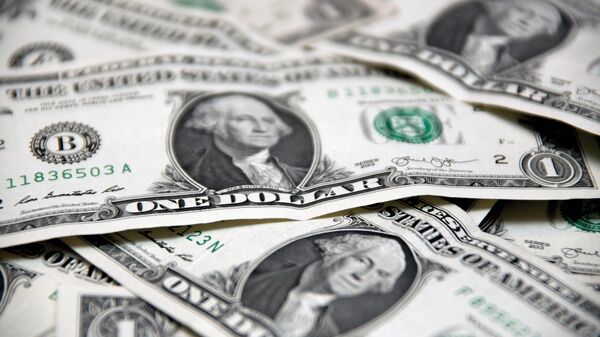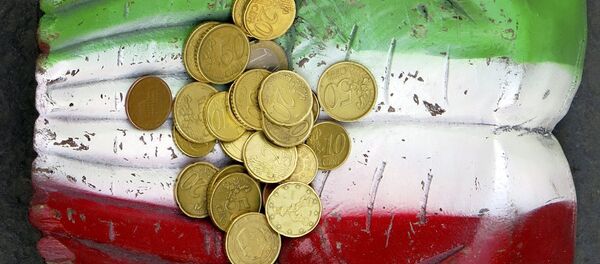Kristian Rouz — US consumers took a break from spending in August due to slow growth in disposable incomes, rising inflation and higher costs of credit. This slowdown comes despite the ongoing acceleration in US economic growth and economists say the broader picture is still optimistic, with sales expected to rebound.
Some economists point to the so-called base effect as the main reason behind the sluggish retail sales in August.
"Weak sales should be no surprise after a blockbuster month like July," Chris Low of FTN Financial said.
Auto dealerships reported a 0.8-percent decline in receipts over the period — which dealt a significant blow to the overall retail sector performance, as car-salesmen make up some 20 percent of the total retail spending.
READ MORE: US Labor Market Firms in August, Larger Wage Growth Points to Quicker Inflation
Brick-and-mortar shopping centers also saw their sales plunge, whereas petrol stations and Internet retailers posted a rise in their sales. Online marketplaces reported a 0.7-percent increase in sales.
Despite the monthly drop-off, annual retail sales remained solid, posting a 6.6-percent increase over the past 12 months.
This data comes after the Federal Reserve hiked its base borrowing costs twice this year so far — to the gauge of 1.75-2.00 percent, making it more expensive for households to obtain new loans. At the same time, US wage growth has slowed to 4.83 percent year-on-year, according to the latest governmental data, from 4.99 the previous month, and down from 5.07 percent in August 2017.
A separate report found US import prices dropped to a 1.5 year low in August amid a wave of devaluations across emerging markets and the strengthening of the US dollar. Costs of fuel have also moderated in the past two months, despite an increase in oil prices earlier this year, lifting petrol prices and utility costs.
"The seas are calm for the economy with enough wind in the sails to keep the expansion on track and not enough inflation pressures out there to halt the economy's forward progress," Chris Rupkey of New York-based MUFG said.
Economists say the broader US economy is on track to another quarter of robust expansion. The current pace of GDP growth is 4.2 percent year-on-year, recorded in the second quarter. US economy is now growing at its fastest since 2014 when a boom in shale oil provided an unexpected boost to the energy sector.
According to the British bank Barclays Plc, the US economy is set to expand 3.2 percent this quarter, whilst analysts at JP Morgan Chase & Co. say the GDP growth rate would accelerate to 3.6 percent from the 3.2 percent expected previously.
READ MORE: 'Finance Should Never Be Master of the Economy' — UK Labour Spokesman
Additionally, the Federal Reserve said in yet another separate report that US factory production had accelerated across multiple sectors, including automotive, industrial metals and machinery. Fed officials said this is mainly the result of the GOP tax cuts passed last December. President Donald Trump's tariffs on steel and aluminum played their role as well, officials said.
These gains are also expected to translate into stronger disposable incomes of households, which would provide medium-term support to the consumer market.
"The fundamentals are positive: strong job growth, accelerating wage growth, sturdy household balance sheets, and increasing wealth thanks to rising stock prices and home values," Gus Faucher of PNC Financial Services said.
However, a rebuilding effort would drive a subsequent economic rebound at a higher pace than currently expected.
Overall, the mixed bag of data and the still lingering uncertainty over international trade tensions makes it harder to forecast the pace of economic expansion into the next year — but economists say the GDP growth rate is highly likely to remain above at least 3 percent for the entire year.




